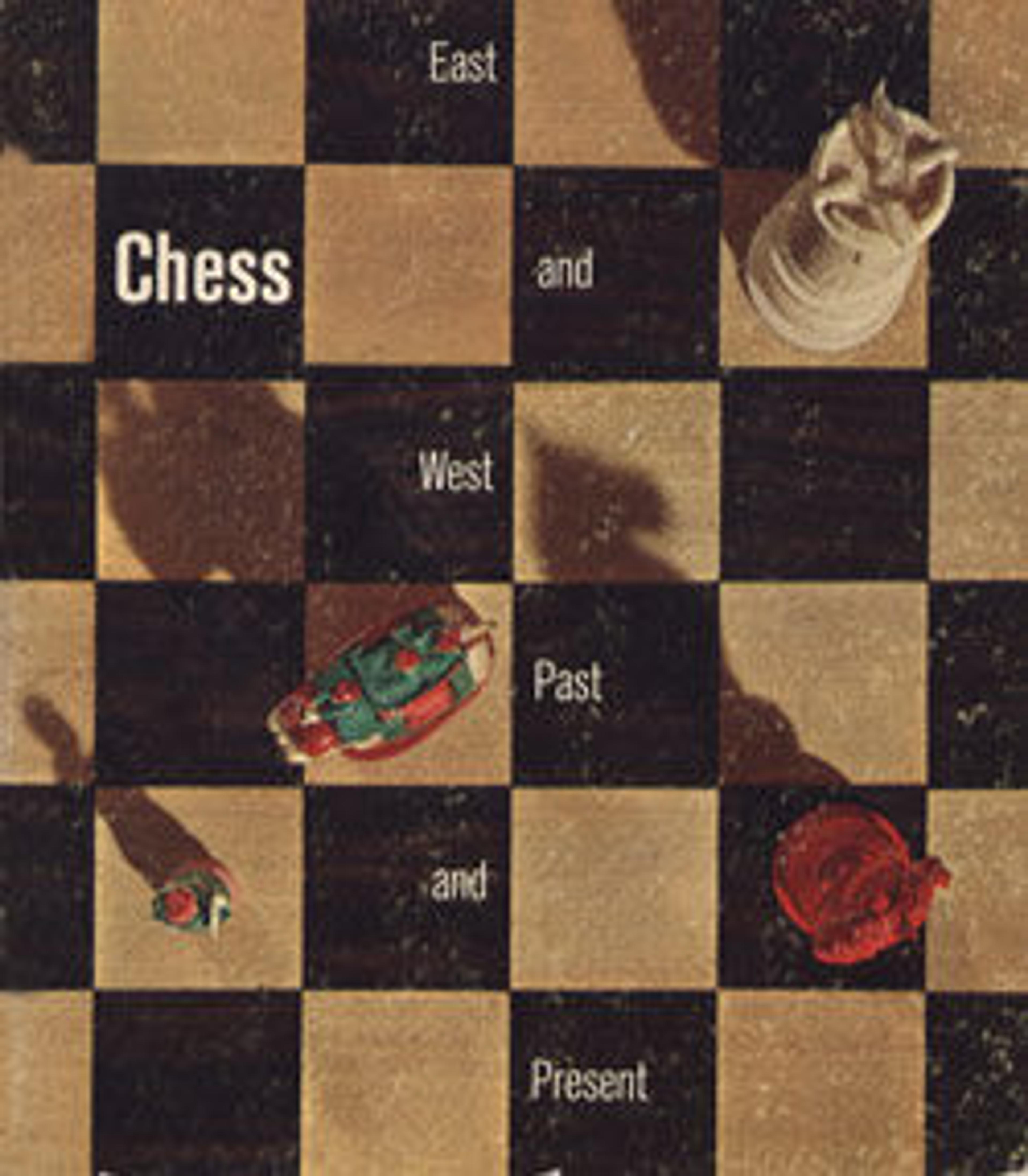Chess set
The kings and queens are similar, the kings being distinguished by a "robe" of blue striped cotton. The pieces show strong Islamic influence, which is to be expected as the people of Bornu Province are in the main Muslims. There had been contact between Islam and Nigeria for many centuries. Nigeria was visited by the famous traveler Ibn Batuta, who was born in Tangiers in the fourteenth century. The long ears of the rook are an exaggeration of the early form. Interestingly, these long ears also appear on conventional pieces from Scandinavia to which a fourteenth-century date has been assigned. The form of the pawns goes back to early Muslim times also. There is a goatskin board that came with the set, with squares demarcated by incised lines and dyed alternately cream and dark tan; it is slotted at the corners to allow it to be tied down.
Artwork Details
- Title:Chess set
- Date:20th century
- Culture:Nigerian
- Medium:Limba wood, goatskin, cotton
- Dimensions:Height (each king): 7 in. (17.8 cm);
Height (each pawn): 1 in. (2.5 cm);
Overall (board): 17 1/2 × 15 3/4 in. (44.5 × 40 cm);
Overall (original box): 6 1/2 × 12 3/4 × 8 1/4 in. (16.5 × 32.4 × 21 cm) - Classification:Chess Sets
- Credit Line:Gift of Gustavus A. Pfeiffer, 1948
- Object Number:48.174.102a–p, aa–pp, q, r, s
- Curatorial Department: European Sculpture and Decorative Arts
More Artwork
Research Resources
The Met provides unparalleled resources for research and welcomes an international community of students and scholars. The Met's Open Access API is where creators and researchers can connect to the The Met collection. Open Access data and public domain images are available for unrestricted commercial and noncommercial use without permission or fee.
To request images under copyright and other restrictions, please use this Image Request form.
Feedback
We continue to research and examine historical and cultural context for objects in The Met collection. If you have comments or questions about this object record, please contact us using the form below. The Museum looks forward to receiving your comments.
